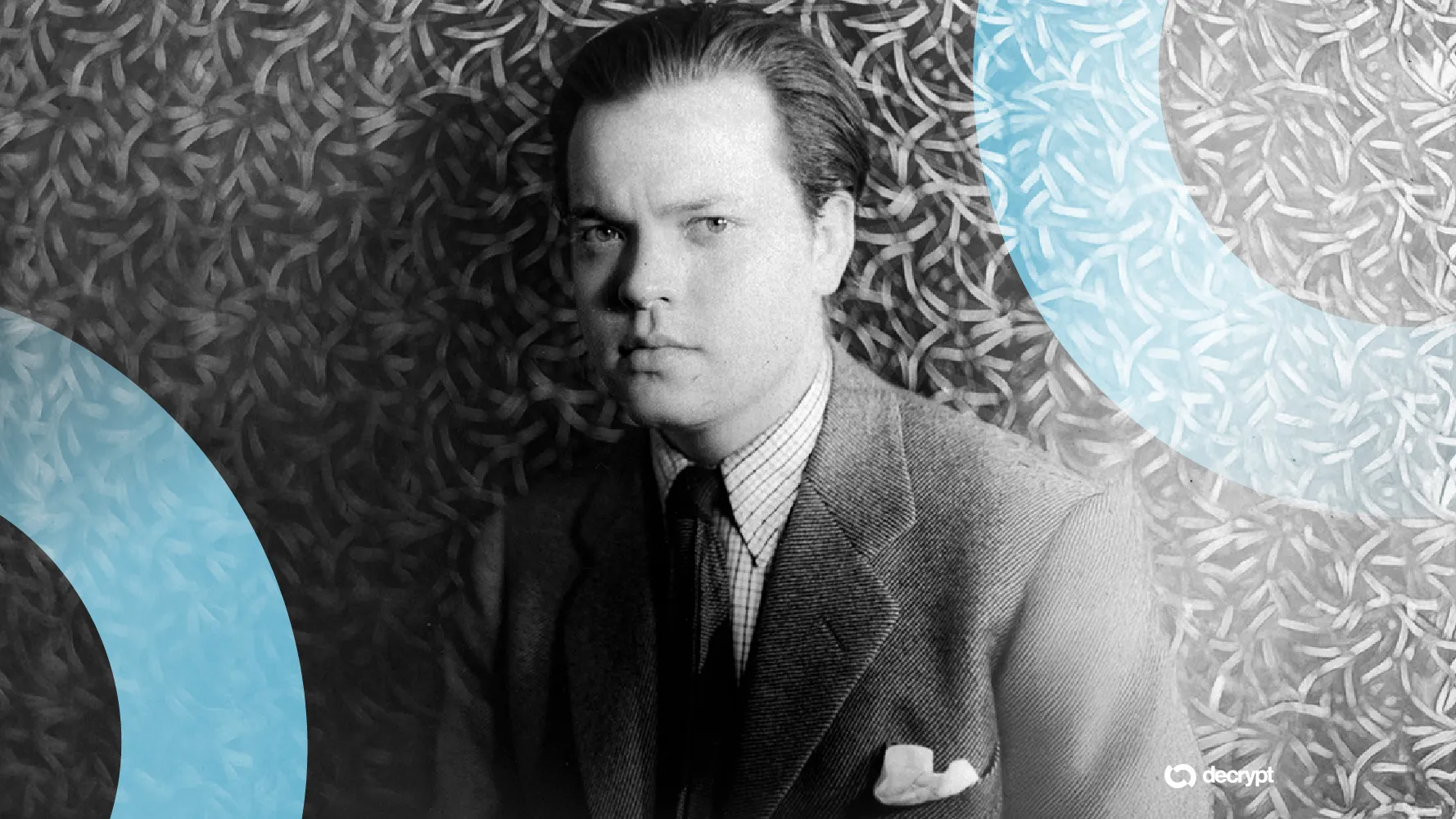In brief
- AI firm Showrunner plans to produce an interpretation of missing footage from Orson Welles’ 1942 film, “The Magnificent Ambersons.”
- The reconstruction effort will use deepfake technology and newly shot footage based on archival research.
- The end product will not be commercially released, as Showrunner doesn’t hold the rights to the original film.
AI firm Showrunner plans to “reconstruct” 43 missing minutes of footage from Orson Welles’ 1942 classic “The Magnificent Ambersons” using artificial intelligence.
Per a report in trade paper The Hollywood Reporter, Showrunner will use a combination of AI tools and conventional filmmaking techniques to assemble its interpretation of the missing footage, using archived set photos as the basis for the scenes.
Although it plans to spend the next two years working on the project, Showrunner will be unable to commercialize it, since it has not obtained the rights to the film from Warner Bros. Discovery or Concord.
Instead, Showrunner CEO Edward Saatchi said, the AI reconstruction is an “academic” effort: “The goal isn’t to commercialize the 43 minutes, but to see them exist in the world after 80 years of people asking ‘might this have been the best film ever made in its original form?”
Filmmaker Brian Rose, who has spearheaded efforts to reconstruct “The Magnificent Ambersons,” will collaborate with Showrunner on the project. Rose has previously used archival records, voice actors and animation to approximate the framing and timing of Welles’ original 131-minute cut of the film. The new version will incorporate live footage shot with new actors, using AI deepfake technology to preserve the original cast’s likenesses.
Decrypt has reached out to Showrunner for comment, and will update this article should they respond.
The tangled history of “Ambersons”
The follow-up to Welles’ 1941 feature “Citizen Kane,” which has topped multiple polls as the greatest film ever made, “The Magnificent Ambersons” was edited down by RKO Studios from its original 131-minute cut to a mere 87 minutes, with a newly shot happy ending tacked on against the director’s wishes.
“They destroyed 'Ambersons' and it destroyed me,” Welles said in an interview with the BBC. While the director made extensive notes on his preferred cut, the film’s negatives were destroyed in order to free up space in RKO’s vault, while a rough cut of the film sent to Welles in Brazil was subsequently lost—becoming something of a holy grail for cinephiles.
“My whole third act is lost because of all the hysterical tinkering that went on,” Welles told filmmaker Peter Bogdanovich years later.
Going back to the Welles
This isn’t the first posthumous attempt to reconstruct a Welles classic. In 1998, “Apocalypse Now” editor Walter Murch used a 58-page memo penned by Welles to create a “restored” version of his 1958 film “Touch of Evil.” And in 2018, Netflix funded a restoration of Welles’ long-lost film “The Other Side of the Wind,” the footage for which had languished in a vault for years due to a legal dispute.
Welles’ voice, meanwhile, has been digitally recreated using AI to serve as a narrator for “location-based storytelling app” Storyrabbit.
Backed by Amazon’s Alexa Fund, Showrunner bills itself as the “Netflix of AI.” Its generative storytelling platform enables users to create episodes of animated shows using prompts or photos. Speaking to Decrypt at the time of its launch, Showrunner founder Edward Saatchi argued that the generative content is “a whole new artistic medium.”
Its effort to interpret Welles’ missing footage for “The Magnificent Ambersons” is a stepping stone to creating long-form stories using AI, Saatchi told The Hollywood Reporter.
“Year by year, the technology is getting closer to prompting entire films with AI,” he said. Although today’s AI models “can’t sustain a story beyond one short episode,” he added, Storyteller is a “step toward a scary, strange future of generative storytelling.”
